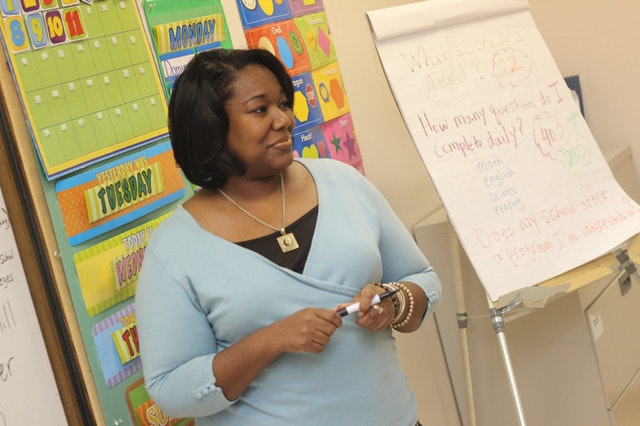Teaching Sex, Marriage and Relationships in Catholic Schools
Firstly, the teacher needs to be comfortable with the topic of sex education and knowledgeable on sexual anatomy and physiology. In addition to this the teacher needs clarity on human, moral and religious values.
The first step in delivering the teachings would entail the introduction of sex and its context in society, religion, marriage and life as a whole. The teacher should first introduce sex in the context of religion and teach the students what the religion says about sex and its place in marriage. Biological principles of sex should also be incorporated in the teaching as part of the creation of the understanding of sex and life (Kok et al. 2004).
Secondly, issues of sanctity of life, marriage and the place of sex in relationships and family should be highlighted. This should also include a detailed discussion of anatomy, physiology and how these relate to sex and reproduction in life. Teaching aids such as drawings may be used in this step, but erotic material should be avoided.
The highlight of physiology and anatomy should be followed by a comprehensive highlight of contraceptives and their use as well as side-effects. After a clear highlight of contraceptives, teacher should highlight the stand of the Catholic Church in relation contraceptives and birth control. In this review the teacher should critically highlight why the Catholic Church is against the use of contraceptives (Whitehead, 1996). In this part of the lesson, students should be asked to undertake a research activity in which they will identify the various types of contraceptives available and how they are used as a way of developing their knowledge on sex and contraceptives.
The teacher should also highlight theories that explain factors that influence sexual behaviour and choices. This step should also focus on highlighting risky sexual behaviour and how it can be reduced through behavioural models rather than contraception, which is not acceptable in the Catholic faith (Elliot, 2003).
After learning about risky sexual behaviour the students should also be taught about methods of deferring or avoiding sexual intercourse before marriage. This should include insights and skills on how to deal with social pressures, negotiation and communication.
Finally, the teacher should conclude the teaching by allowing a number of specialized individuals to speak to the students about sex and reproductive health. The selected individuals would include health professionals, religious leaders and social workers. These professionals should offer more insight on sex, marriage, contraception, risky sexual behavior and health.
References
Campbell, J. K. & Daria, P. M. (2004), Schools Need Sexuality Education Programs. Electronic Journal of Human Sexuality, 7 (1)
Elliot, J. P. (2003).To Know, Worship and Love: Year 10, 2nd edition, James Goold House Publications, Australia
Kok, G. Gillmore, M. R. Abraham, C. & Schaalma, H. P. (2004), ‘Sex Education as Health Promotion: What does it take?, Archives for Sexual Behavior 33(3), 259-269.
Milton, J. (2001). School-based sex education; Primary Educator, 7(4): 9-14.
Whitehead, K.D. (1996). “Sex Education: Vatican Guidelines.” Crisis, 14 (5)




